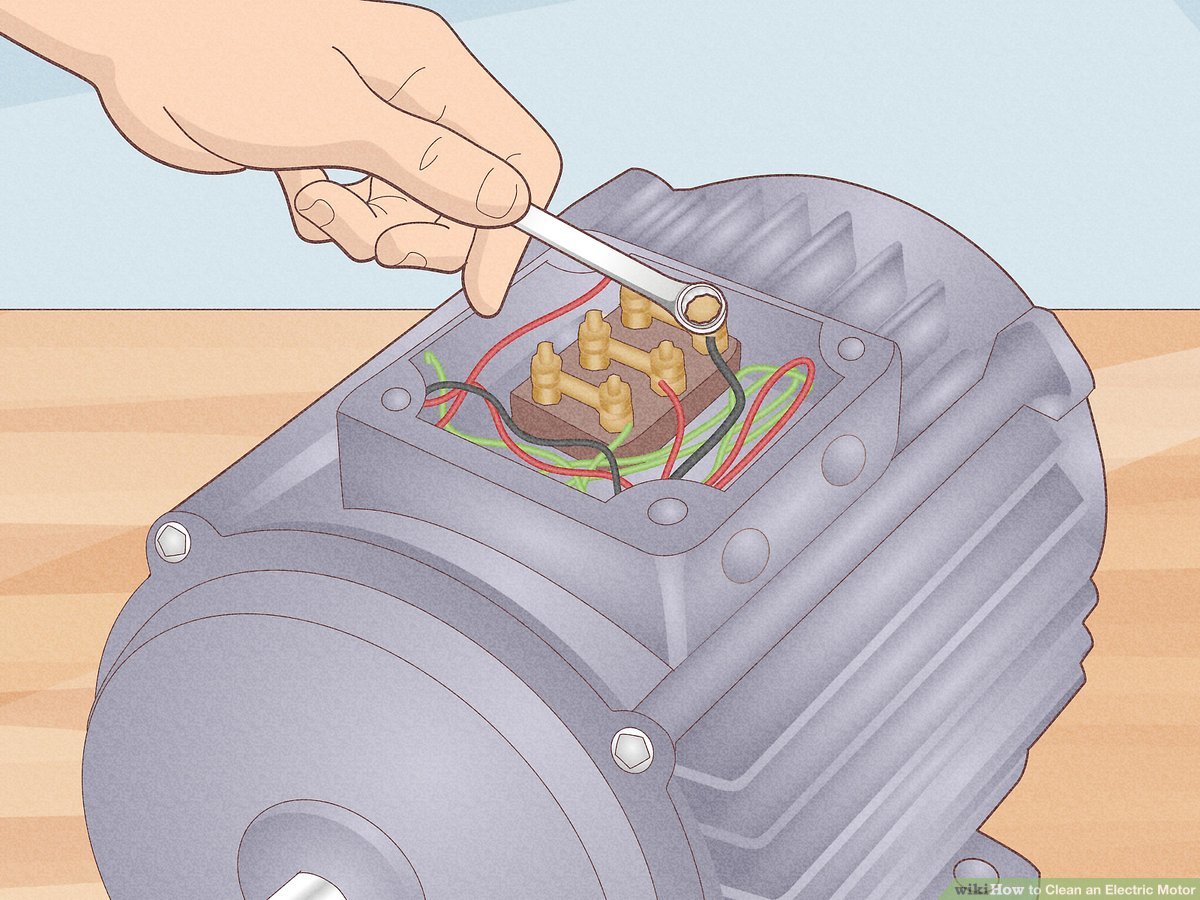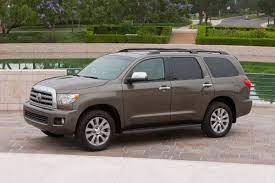How Do Electric Motors Work?

Whether you’re a student studying electrical engineering or simply interested in learning more about electric motors, you’ve probably wondered how these machines work. In this article, you’ll learn all about the basics, including the rotor, the coils, and the magnetic field. Then, you’ll learn about how these devices work together to produce the power you need to drive your vehicle.
Electromagnet
Whenever an electric current is passed through an electromagnet, a magnetic field is created. An electric motor uses this field to turn a wheel.
An electromagnet can be a permanent magnet or a temporary magnet. The permanent magnet in the motor case is called the stator. The stator contains a coil, a commutator, and brushes.
The commutator is a metal ring that is divided into two halves. One half of the commutator is attached to each end of the coil. The commutator changes the polarity of the electromagnet by flipping the coil over every half turn.
The commutator is able to change the frequency of the current in the coil. In addition, the commutator can change the polarity of the field. The commutator also reverses the magnetic field.
The commutator is also able to reverse the current in the coil when the motor is turned on and off. This is a nifty trick.
The commutator is aided by the magnetic field, which changes the direction of the current in the coil. The commutator is also aided by the induced voltage, which occurs when the voltage passes through the magnetic field.
The electromagnet is a simple device that uses electricity to create torque. In order to make it work, a battery is attached to the bottom. The battery provides power to turn the motor. When the switch is opened, the electromagnet releases its rocker arm.
Commutator
Generally, a commutator is an electric motor part that reverses the direction of the current when a half turn occurs. Commutators are used in both DC and AC motors. They help the motor to generate a torque, which is the mechanical power that is generated from the motion of the motor.
The commutator is a metal ring that is divided into two sections, which are connected by coils. The commutator is placed on the shaft of the motor. It is usually made from hard drawn copper sectors. Alternatively, refillable commutators may be made from forged steel rings.
Commutators work by ensuring that the coil of the rotor is energized in accordance with the field coils. In other words, the commutator ensures that the current flows in the correct direction when the coil is turned. In addition, the commutator ensures that one half of the coil is reversed at any time.
Commutator brushes are held against the commutator by medium to strong pressure. This forces the brush to move in the desired direction. If the brush is not in the right position, sparks will form on the brush.
Brushes are usually made of springy carbon or graphite. The brush is held in a brush holder that is held in place by a spring. The brush is connected to the main power supply through an induction regulator.
Earlier machines used brushes that were mounted on a ring with a handle. In order to minimize sparking, the ring was adjusted to the desired position. Known as ‘rocking brushes’, this procedure helped to reduce the sparking on brushes.
Rotor
Various types of electric motors differ in the way conductors and magnetic fields are organized. These factors determine the torsional frequency of the rotating shaft. Hence, the design must be modified to avoid resonance.
The rotor of an electric-motor is a ferromagnetic material body with a series of radially extending slots. Each slot is aligned with an axis. The number of slots varies according to the design of the motor. In the conventional example, each slot is provided with a bridge at the outer periphery.
Embedded magnets are also included in the rotor. These magnets are arranged in radial and parallel directions. The embedded magnets provide a flux concentration effect. This effect helps to reduce cogging torque.
Skewed grooves are also included in the rotor. Skewed grooves are shallow notches which are misaligned to form skewed grooves along the outer periphery of the rotor body. These notches influence the radial distribution of magnetic flux and reduce cogging torque.
Shallow slots are also provided in the air gap facing surface of the rotor body. These slots are numbered from one to six.
Skewed grooves are also included on the end faces of stator poles. They have a similar effect to that of the air gap facing surface of the rotor.
These grooves are ideally placed to minimize cogging torque. However, they do not have to be skewed to achieve the same effect.
Field
Essentially, electric-motor fields are created by current flowing through a coil or winding. This field then produces a magnetic field, which drives a rotor. These fields are used in many different types of electromagnetic machines.
The basic elements of an electric-motor field include a stator, a commutator, a rotor, and windings. The stator is the main body of the motor, containing field windings and providing support and protection. A stator may be a drum rotor or a cylindrical ferromagnetic core. A commutator is the device that supplies current to motor wire windings.
The commutator is typically located towards the front of the motor. It connects the brushes to the power source, and provides the current to the motor wire windings.
The windings, usually made of enamelled copper wire, are arranged in a coil. They are wrapped around a laminated soft iron ferromagnetic core. The resistance of the coil winding material must be low to avoid waste heat produced by ohmic heating.
Field coils are most commonly found in rotating machines. They are also used in many other types of electromagnetic machines.
A rotating machine field coil is wound on a magnetic iron core, which guides the magnetic field lines. In addition, a stator is used to generate a rotating magnetic field.
Electric-motor fields can be powered by direct current (DC), alternating current (AC), or voltage. This makes them very versatile, as they can be used in all types of applications. They can be designed to operate at a specific voltage, excitation frequency, and synchronous speed.
Wire loop
Using a single turn of wire, you can produce a very effective electric motor. These motors are able to provide a lot of flux for a relatively small amount of energy. The amount of flux is measured in ampere-turns.
This metric is more than sufficient to determine the torque you need to produce a useful amount of rotation. You can find the exact value by considering a few factors. First, the number of turns in your loop. Next, you must consider the size of your loop. The larger the loop, the larger the induced currents. Finally, you must consider the strength of your magnetic field. This is the biggest factor in determining how much torque you will produce.
The best way to calculate this is to use a simple formula. In short, the strength of your magnetic field is equal to the number of turns in your loop.
You may have noticed that this equation is the one that gives the biggest bang for your buck. You can find the exact value by considering the magnitude of your magnetic field and the strength of your wire. If you consider the same example for two wires, you’ll get an even bigger result.
The first part of solar inverters this equation describes the magnetic field generated by the current flowing through the wire. The second part is the magnitude of that current. Finally, you’ll find the actual torque you’ll get from the loop.
Counter-emf
Basically, the back EMF for electric-motors is a function of armature current and speed. It is also a measure of how much energy is consumed by a motor. A large motor will consume more energy than a small motor.
The motor back EMF for DC motors is a function of both current and speed. It is also a function of how much torque is applied to the motor. If the torque is less than the armature current, the motor will run smoothly. But if the torque is greater than the armature current, the motor can overheat and burn out.
Back EMF for electric-motors is also a function of how much torque the motor is under. A high torque induces a higher armature current. This increases the motor’s speed, and reduces the motor’s back EMF. A low torque requires a smaller armature current to get the same motor speed.
The back EMF for electric-motors is the back EMF for a motor that is powered by four batteries in series. It is also the back EMF for a motor that runs on a 120-volt power source. The back EMF for a motor that runs from a dc battery is also the back EMF for a dc motor that runs from a 120-volt power source.
The back EMF for electric-motors can be calculated by examining the armature current, the number of conductors in the armature, and the speed of the motor.






